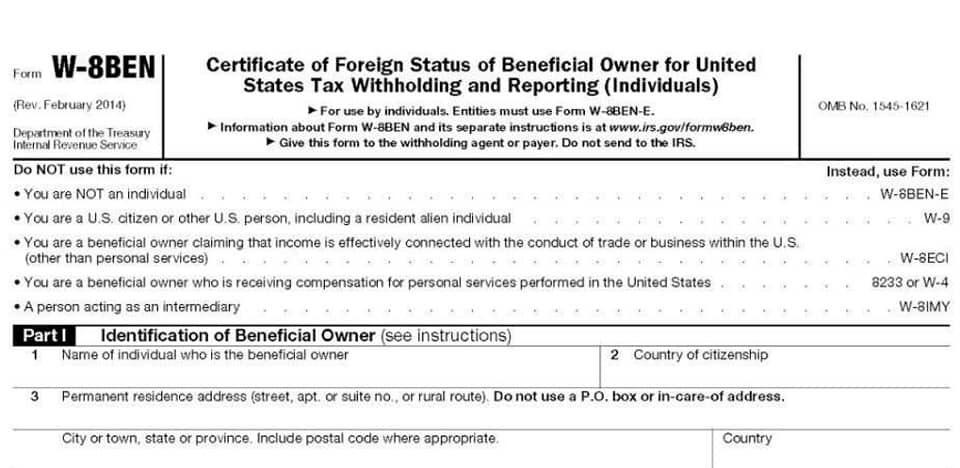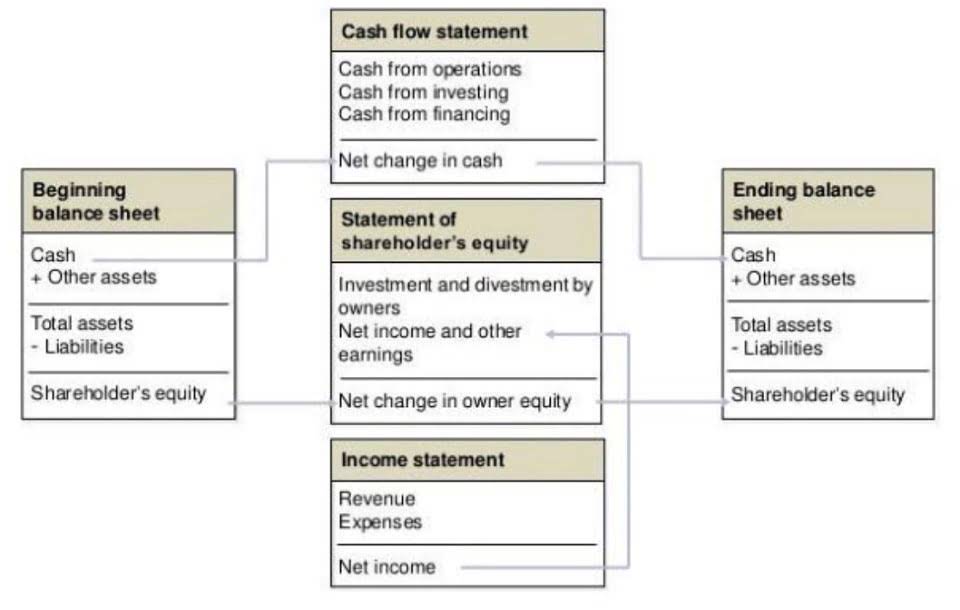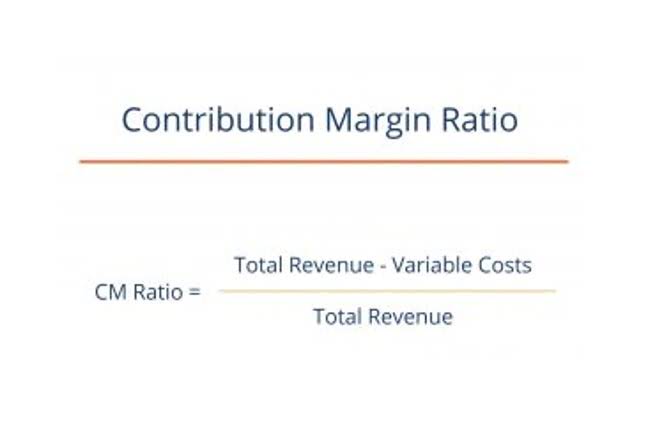
Negotiate if you feel that the retainage percentage and terms are going to cause a cash crunch or make day-to-day operations difficult. Most payment applications will include specific fields and guidelines to help you calculate payments with retainage included. Careful adherence to these steps supports maintaining strong business relationships and what is retainage in accounting upholding a contractor’s reputation for reliability and financial integrity. In the construction industry, a well-defined retainage policy can significantly influence relationships among stakeholders, fostering trust and managing expectations through the financial leverage it provides. Retainage is usually a fixed percentage of the contract value, often ranging from 5% to 10%.

Demystifying Retainage Payable: A Comprehensive Guide for Accounting and Procurement Professionals
Those costs — and the billings for them — are referred to as “stored material.” Sometimes retainage is held on stored materials at a different percentage than the rest of the job. At Irvine Bookkeeping, we’re dedicated to providing specialized accounting and bookkeeping services tailored to the needs of contractors and construction firms. Utilizing the robust features of Sage 100 Contractor, we offer a streamlined approach to managing your finances, placing particular emphasis on handling retainage with accuracy and clarity. The intricate financial landscape of construction, particularly concepts like retainage, can often seem as complex as the projects themselves.
Map of Retainage Rules Across United States

The legal translation of that is, the Contracting Officer has complete discretion to decide whether or not to withhold retainage based on their assessment of past performance and likelihood of continuing performance. The practice is also baked right Bakery Accounting into laws all across the world that regulate the types of contractual provisions that contractors can agree to. Most of these laws were created to regulate and create limitations on the practice, mostly to promote its fair use and to prevent its abuse. Retainage laws vary by state, with some capping retainage percentages or mandating timely releases. CPA Practice Advisor is the definitive technology and practice management resource for accounting and tax professionals.
Recording & Tracking Retainage Receivable: QuickBooks for Contractors

Retainages are frequently provided in construction and manufacturing contracts, as well as in contractual arrangements with the U.S. government. A retainage in a contract may cause uncertainty as to the timing of including payments in income for a contractor that receives some payments in one year and the retainage in a later year. Whether or not to capitalize “retainage payable” depends on the accounting treatment used by a company. A liability account generally represents the amount of retainage that the entity has withheld but has not yet paid to contractors or subcontractors. In accounting, the decision to capitalize or not is more about classification rather than capitalization in the sense of recognizing an expense on the income statement.
- If you’re an honest and hard-working contractor, though, this can all seem quite unfair.
- Try to negotiate a lower percentage and shortened timeframes if you can.
- If a contractor or subcontractor fails to complete the work as agreed, the owner or general contractor can approach the surety company for compensation.
- Furthermore, solid documentation supports compliance with financial reporting requirements and aids in dispute resolution.
- This withholding is intended to ensure that the quality of the contractor’s work is adequate.
- A mechanic’s lien is a legal claim on a home or other property, giving an unpaid contractor an interest in the property itself.
- This means that subs have to wait until a project is finished before making a dime of profit.
- Project owners did this to ensure that full retainage payment was only released upon completion of quality work.
- If there is to be retainage on the construction project, it is set forth in the construction contract.21 Retainage provisions are applicable to subcontracts as well as prime contracts.
- One of the primary issues in retainage management is the need for consistent practices across projects, leading to confusion and inefficiency.
- The Federal Acquisition Regulation describes rules for federal construction contracts in the United States.
- When the contract is complete, and the customer accepts the work, the customer should release the final retainage payment.
Have these discussions early and often before you sign and finalize the paperwork. The American Institute of Architects (AIA) offers standardized pay app templates that provide convenient guidelines for getting these numbers right. For example, the G702 and G703 AIA-style documents include sections that prompt you to determine the actual amount that you receive minus retainage. Retainage can be considered a current asset if it is expected to be received within a year from the reporting date. It represents funds owed for services rendered, implying that control over these funds will be obtained in the near future. If you have any questions or concerns, it’s critical to address them before signing a new contract.
- If you combine it with regular receivables, it’ll look like your customer isn’t paying you on time, which reflects poorly on your company.
- The average amount of retainage withheld on private jobs is 7.59%, on state jobs is 5.56%, and on federal jobs is 3.26%, with higher percentages withheld from subcontractors than from general contractors.
- If something isn’t made clear, don’t wait to bring up retainage questions after the fact.
- When you are ready to bill for retention, you can use the Account QuickReport for the Retainage Receivable account.
- The amount of retainage payable is typically calculated as a percentage of each progress payment made throughout the project.
- Fill your pipeline faster with real-time project data integrated directly into your sales workflow.
- Often, this happens between a project owner and the general contractor but can also be used between general contractors and their vendors/subcontractors.
Don’t Be Afraid to Leverage Your Lien Rights in Order to Get Paid

When the project is substantially complete or you are otherwise entitled to bill for retainage, you can create a separate invoice to bill your customer for retention on the project. If you have set up job costing in QuickBooks correctly, you will be able to generate a retainage report for specific projects using the steps below. In both sectors, it is crucial for contractors to understand the stipulations that apply to their specific project type as retainage terms should be explicitly outlined within the contract. Retainage is typically released upon the satisfactory completion of the project or after specific milestones are met. It may also be released after a final inspection or the resolution of any punch list items.

In fact, there are very few instances when the unearned revenue laws are in agreement in every state, but this is one of those instances. Every single one of the 50 states allows retention to be withheld on a public works project. However, each state has different rules and limitations that govern the practice. And so, beginning with the Office of Federal Procurement Policy’s urging in 1983, federal and state governments started passing laws governing and limiting retainage. The federal government was one of the firsts to address this, and has a number of limitations on how much money can be withheld from contractors on federal jobs. This gets more complex as the job continues, because your estimated percentage of completion may vary from the project owner’s each time.
